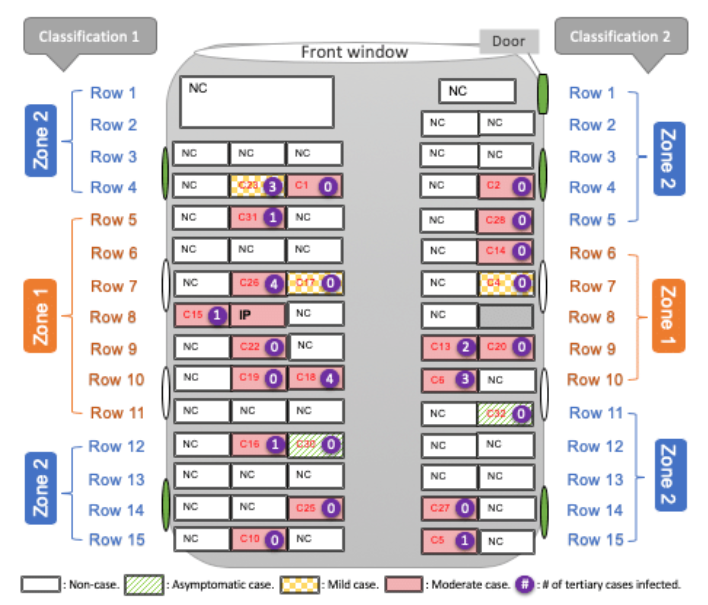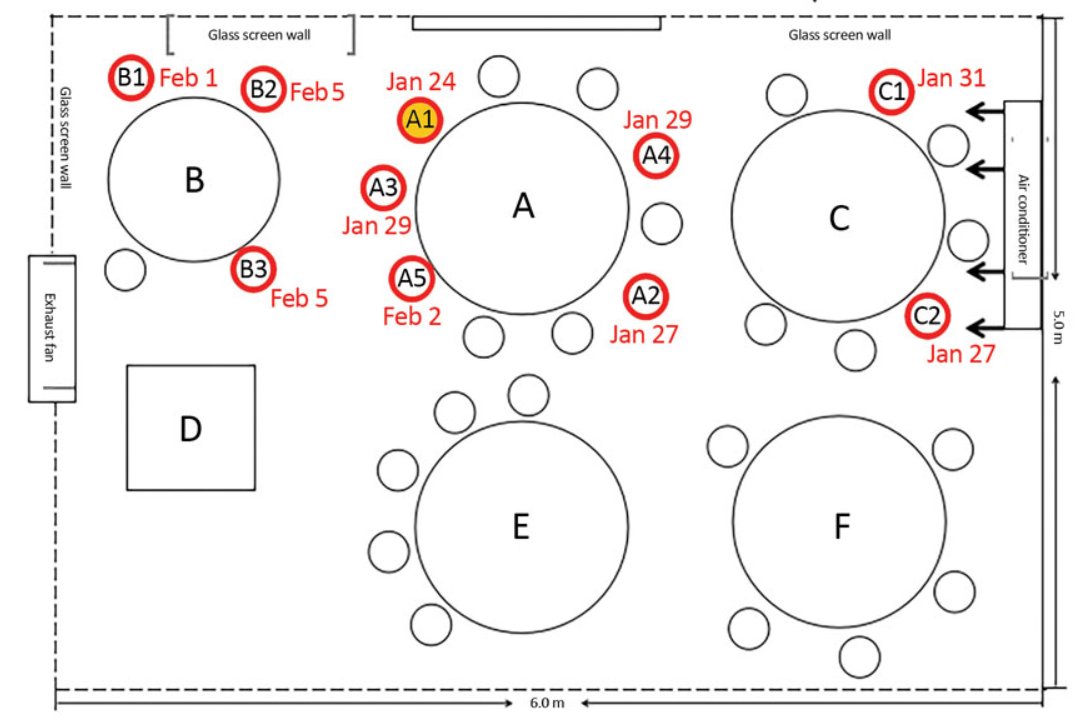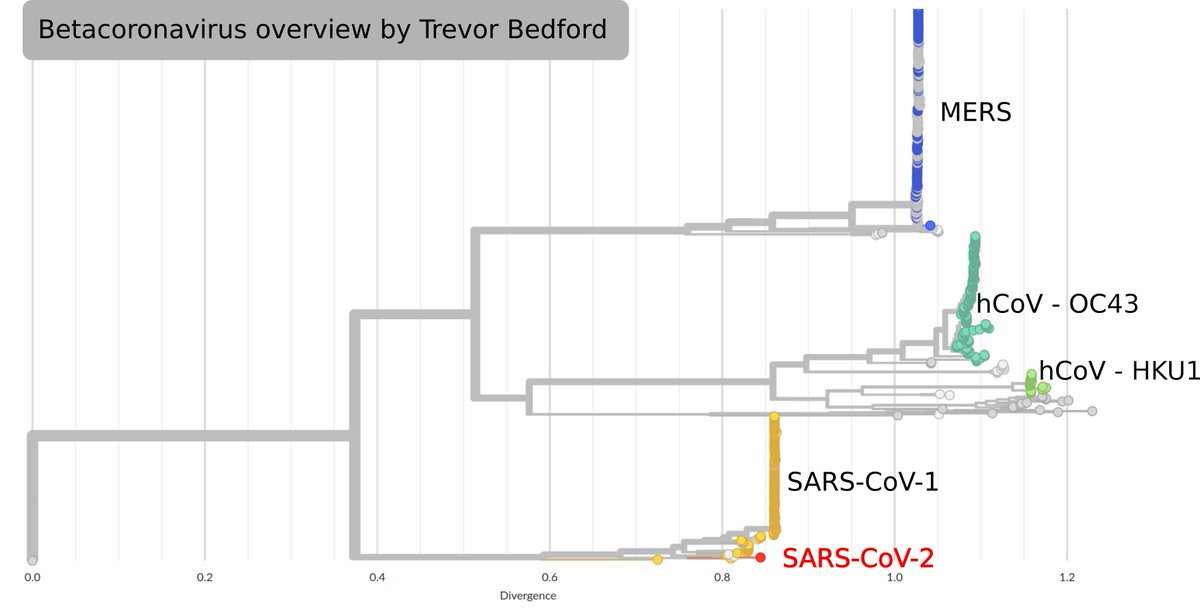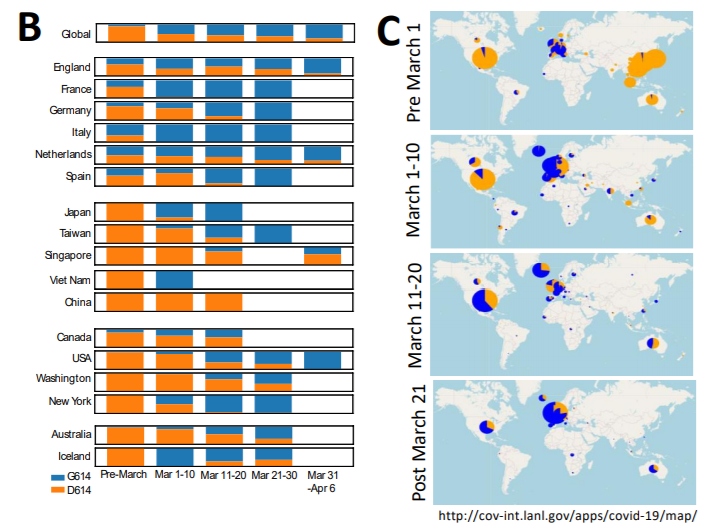Tracing exact contacts for the entire duration of the event is hard, but in most cases it seems unlikely all infected had direct contact.
2/23
This thread isn't for those.
3/23
wwwnc.cdc.gov/eid/article/26…
4/23

5/23
299 ppl attended overall - 67 were on Bus #2
tinyurl.com/y7osnlxp
6/23
Bus was air conditioned & recirculating air.
7/23
83 ppl in total ate lunch that day on this floor, over 15 tables. Only 5 in families B & C were infected
9/23
11/23
In speaking studies, smaller droplets (green) persist in air much longer than larger ones (red). These droplets could circulate considerably further than larger ones, which drop out of the air sooner.
pnas.org/content/early/…
13/23
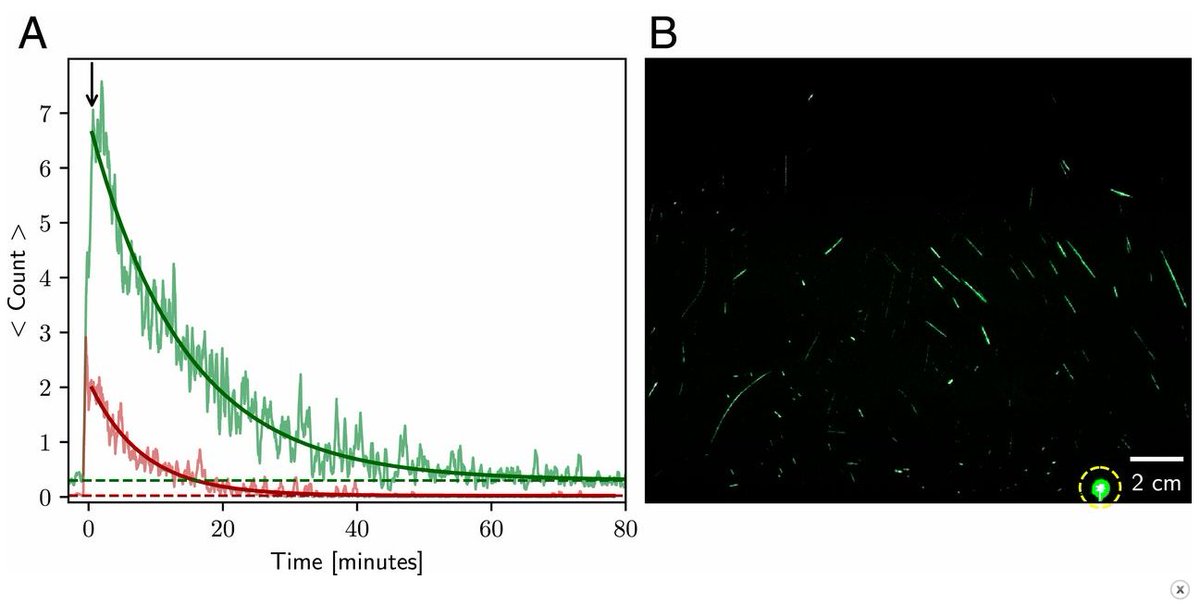
We don't yet understand how this all interplays to create a risk of infection by airborne droplets.
14/23
My concern is that while a lot of attention is going towards keeping 2m apart ↔️ & wiping doorknobs 🚪 & surfaces, little is focused on people in enclosed spaces.
15/23
16/23
17/23
And busy, longer-visit enclosed spaces: restaurants 🍽️, offices 💻, gyms 🏋️🏻, waiting areas ⚕️.
18/23
Advice is likely to differ while we're uncertain. But some things might help:
- Prioritise outdoor restaurant seating 🌞
- Open windows as much as when possible 🪟
- Mask-wearing😷
- Reduce overall inside capacity 👩👩👧👦
19/23
In the short term, advice on masks & doing all possible to aid air exchange with the outside may make a real difference.
20/23
We don't want to have more to be worried about! 😫
21/23
Instead, we should empower our reopening strategies to take into consideration these possible risks, & let people take put into their calculations about where & when they go. So they can make informed decisions. 🧮
22/23


